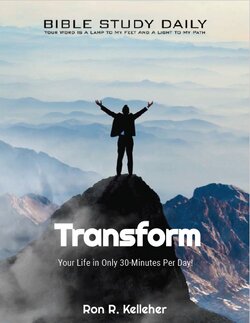Name
The title “1 Corinthians” comes from the intended audience designated in 1:2, “To God’s church in Corinth, to those who are sanctified in Christ Jesus.” The opening description and the body of the epistle make it clear that Paul’s intended audience in Corinth is both Jewish and Gentile Christians.
Author
Paul claims authorship of 1 Corinthians, in 1 Corinthians 1:1, and 16:21. Paul’s authorship’s indirect internal evidence is contained in his first-person arguments (1:12-17, 3:4, 6:2, 6:22).
External sources also acknowledge Paul as the author of the epistle to the Corinthians. Among them are Clement of Rome, Polycarp, Justin Martyr, Athenagoras, Irenaeus, Clement of Alexandria, and Tertullian.
Genre
Epistle
Literary Form
The epistle to the Corinthians is a personal letter of exhortation and instruction.
Time Frame
The epistle of 1 Corinthians was written during the last year of Paul’s third missionary journey while he was in Ephesus. In all likelihood, this was in the spring of A.D. 56 prior to Pentecost (1 Corinthians 15:32, 16:8, and Acts 20:31)
Emphasis
The emphasis of 1 Corinthians is on: 1) addressing issues of concern in the church and bringing unity to the believers. 2) addressing spiritual liberty issues and the exercise of spiritual gifts, 3) confirming and defending the doctrine of the resurrection.
Outline
- Introduction and Thanksgiving (1:1-1:9)
- Issues of division within the church (1:10-4:21)
- Issues of immorality within the body (5:1-6:20)
- Answering questions from the Corinthians (7:1-14:40)
- Questions about marriage
- Issues of Christian liberty
- Women in public worship
- The proper celebration of the Lord’s Supper
- The exercise of Spiritual gifts
- Questions regarding the Resurrection (15:1-15:58)
- Final thoughts and conclusion (16:1-16:24)


